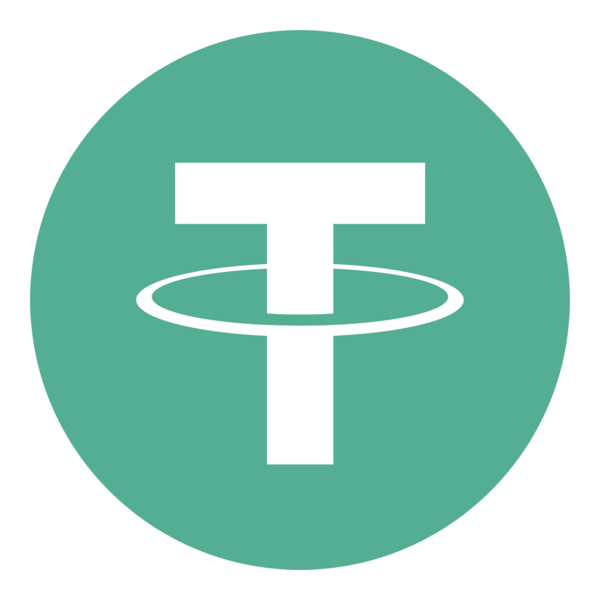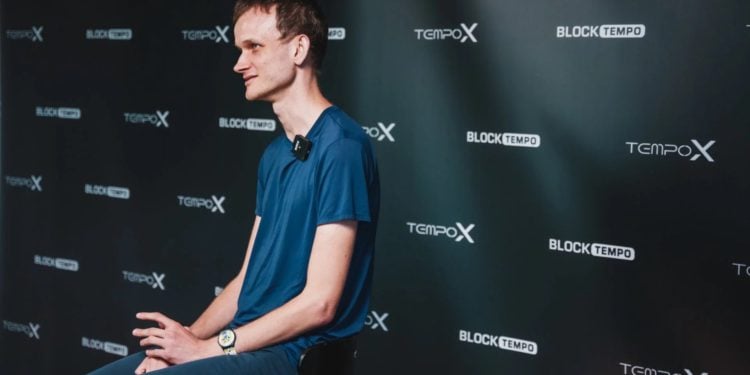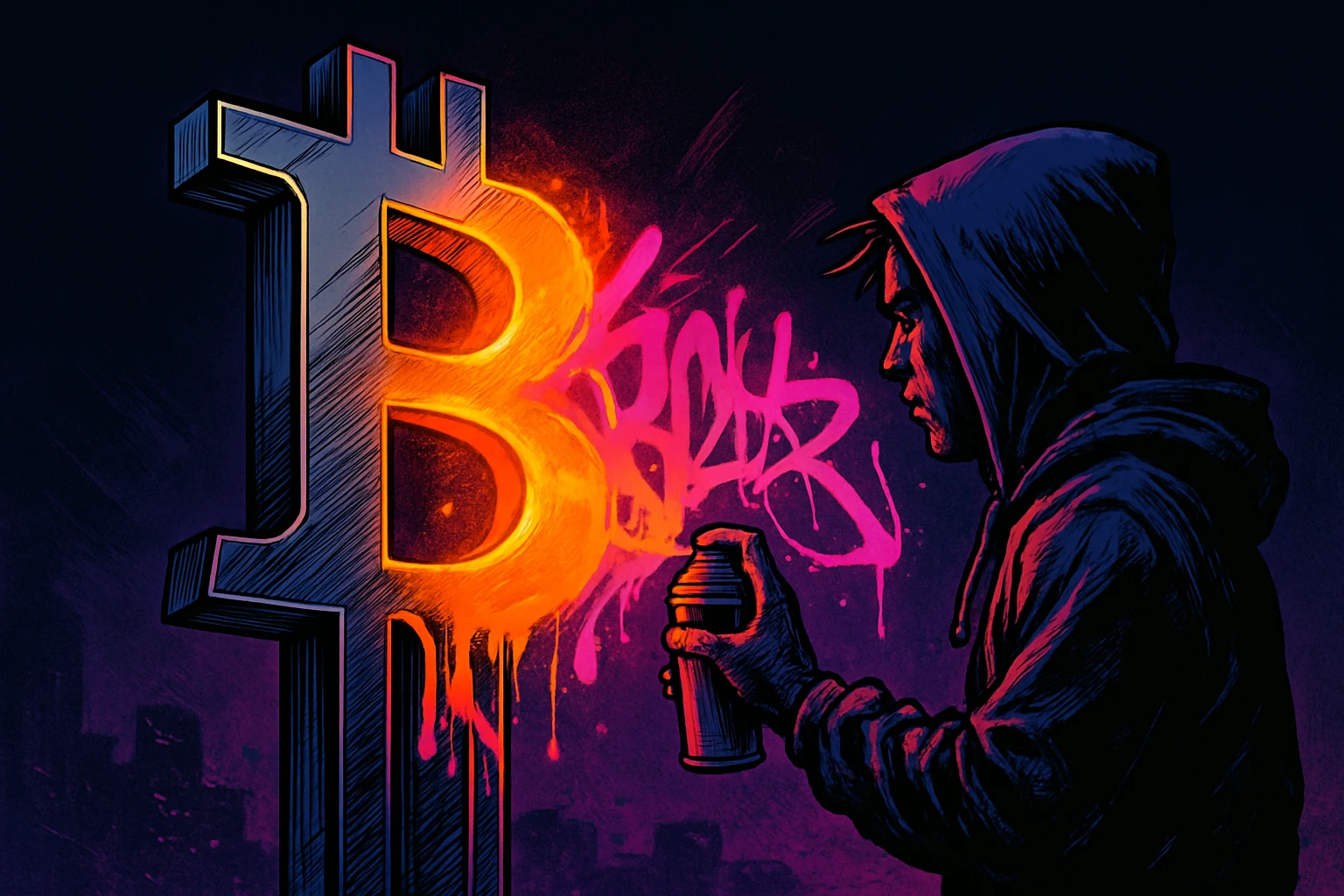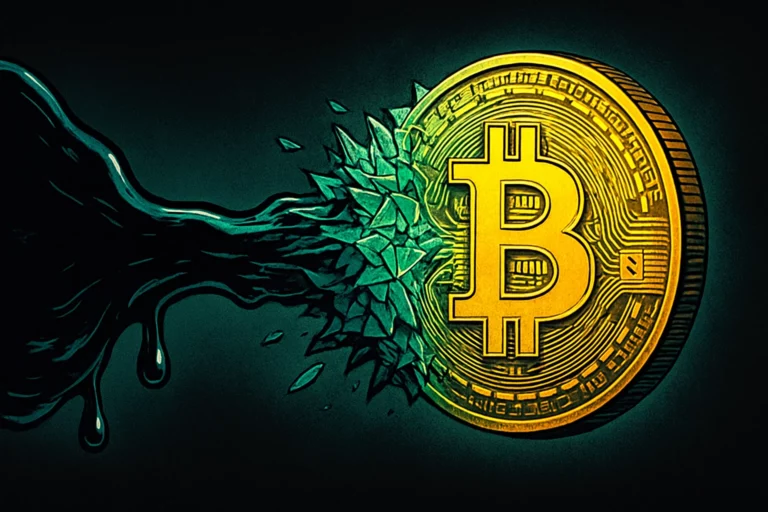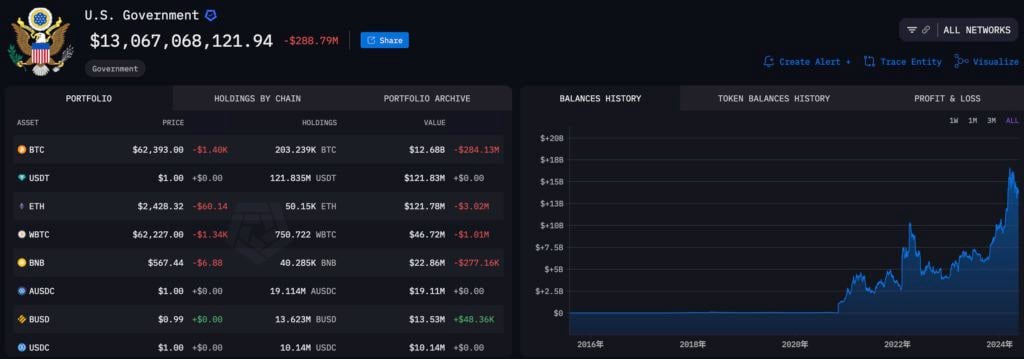This article provides an in-depth analysis of the ERC-8004 protocol, exploring how it provides an on-chain trust layer for AI “agent networks.” Its key feature is the use of ERC-721 and three major registry centers (identity, reputation, and verification) to establish verifiable identities and performance records for autonomous agents.
![图片[1]-What is the Ethereum ERC-8004 protocol? Creating an AI agent’s “on-chain ID”: Endorsed by Google, MetaMask, and Coinbase.-OzABC](https://www.ozabc.com/wp-content/uploads/Ethereum-ERC-8004-800x520.webp)
We are standing at the dawn of a new era: the “Agent Network .” This is not science fiction, but a future network soon to be dominated by billions of autonomous AI agents (driven by LLMs) . In this future, AI assistants will autonomously conduct transactions, collaborate, and perform tasks on our behalf .
The “AI + Crypto” wave has become the strongest consensus in the market, but a fundamental problem has also emerged.
When your AI agent (such as one from MetaMask) needs to conduct a high-value transaction with a third-party AI (such as a data service from Google) that it has never interacted with, there is a lack of any foundation of trust between them .
This is the trust dilemma of “agent networks .” Traditional legal contracts or centralized API keys are simply not feasible in this highly dynamic, permissionless, and massive environment . Without a unified trust standard, this multi-billion-dollar machine economy will be unable to take off due to fragmented trust.
What is the ERC-8004 protocol?
The ERC-8004 protocol was created precisely to address this fundamental trust deficit .
In short: ERC-8004 is not an AI model, but an on-chain “trust layer” designed specifically for AI agents , or a “decentralized business registration and registration system” .
Technical Highlights:
Three major registry centers: Through the three registry centers of “Identity”, “Reputation” and “Verification” , the AI agent is provided with verifiable identity, performance records and proof of ability .
NFT as Identity: Innovatively using ERC-721 (NFT) , each AI agent’s identity becomes a “capital asset” that can be owned, traded, and managed , laying the foundation for “AgentFi” .
Pluggable Trust: Introducing “proportional security ,” allowing users to choose reputations for low-risk tasks (like ordering pizza) and require cryptographic proofs from zkML or TEEs for high-risk tasks (like financial transactions) . Team Strength (Strongest Signal): This is not a community experiment. Backed by heavyweight teams from Google, MetaMask, the Ethereum Foundation, and Coinbase , this is a collaborative standardization attempt between Web2 AI giants and Web3 core infrastructure .
Opportunity to Participate (Alpha): The protocol is currently in the “draft” stage , and a brand new “builder ecosystem” is taking shape. This means that there are huge early opportunities in the “Trust as a Service” (TaaS) sector (such as reputation aggregators and verification networks).
How to find Alpha in the ERC-8004 ecosystem?
For a fundamental “standard” protocol like ERC-8004, the biggest opportunity lies not in “mining,” but in establishing a foothold in its ecosystem . This is a completely new landscape, and the following are interactive strategies for three types of players:
Strategy 1: As an “Investor/Speculator”
What it is: Your goal is to find and invest in killer applications or infrastructure that are “built around the ERC-8004 standard”.
Why: ERC-8004 deliberately pushes complex calculations (such as reputation scoring) off-chain , which has spawned three entirely new and highly promising sub-tracks:
- Reputation Aggregators : These are dedicated to indexing on-chain feedback events and providing services for complex reputation algorithms (potential counterpart: Web3’s PageRank).
- Validation-as-a-Service : Third-party networks that provide TEE, zkML, or staking re-execution services are “trust” providers . (Note: Phala Network has provided a TEE-based example .)
- DePIN storage provider : ERC-8004 depends on the off-chain agent-card.json 28 , which provides an inherent “killer application” for decentralized storage networks such as Filecoin .
How to participate: Follow the awesome-erc8004 GitHub repository ; keep an eye out for early projects that deploy ERC-8004-related tools on EVM chains such as Taiko (L2) or BNB Chain .
Strategy 2: As a “Developer/Builder”
What it is: You are the direct creator of the ecosystem.
Why: The market is blank. ERC-8004 provides a standardized “signal infrastructure ,” but the market needs easy-to-use SDKs, indexers, dashboards, and verification networks .
How to participate:
- Reading EIPs: In-depth technical discussions on the Ethereum Magicians forum .
- See the reference implementations: ChaosChain and Phala Network have early code available.
- Addressing a key pain point: The current protocol has a weakness in “on-chain composability” (it optimizes off-chain indexes rather than on-chain contract reading) . Any L2 solution or middleware that can solve this problem would be extremely valuable.
Technical and Product Details (Q&A)
Q1: How can I quickly understand the three core components of ERC-8004?
You can think of ERC-8004 as a “decentralized business bureau + Yelp + certification lab” for AI agents . It consists of three collaborative registry centers :
- Identity Registry (Ministry of Economic Affairs): This is the cornerstone. It uses ERC-721 (NFT) to assign a unique AgentID to each agent . This step is significant because it transforms “agent identity” from an identifier into a possessable and tradable “capital asset ,” which is the beginning of “AgentFi . “
- Reputation Registry (Google Review): This is a spam-proof “authorization-only” feedback system . The clever part is that the service provider (server-side agent) must “sign-authorize” feedback before the customer can post it . This effectively prevents malicious negative reviews .
- Verification Registry (Certification Lab): This is where “pluggable trust” and “proportional security” are implemented . It allows third-party validators (such as TEEs or zkML networks) to verify task results and anchor “proofs” on the blockchain .
Q2: What is the relationship between ERC-8004 and Google’s A2A protocol? How is it different from the x402 protocol?
These three elements together constitute a complete “Agent Stack” .
- Google A2A (Communication): The A2A protocol solves the communication problem between AI agents, but it assumes that the two parties already trust each other . ERC-8004 is the “trust layer extension” that the A2A protocol lacks .
- x402 (Payments): x402 is an “automated micropayment” protocol .
- Synergy (Perfect Partners): ERC-8004 and x402 are perfect “partners .” x402 is responsible for “payment,” while ERC-8004 is responsible for “trust verification” before payment . Together, they create a powerful virtuous cycle of “economy-trust” : x402’s payment activities generate reputation data for ERC-8004; and ERC-8004’s reputation data, in turn, provides trust assurance for future x402 payments .
Q3: Are there any potential weaknesses or challenges in this design?
Yes, there are two main ones:
- Sybil Attacks (Sybil Attacks): Reputation systems are perpetually threatened by “fake positive reviews .” While ERC-8004’s pre-authorization mechanism can prevent “malicious negative reviews,” it cannot prevent attackers from “self-aggrandizing .” The protocol’s design intentionally pushes Sybil filtering to the application layer , leaving it to professional third-party reputation aggregators .
- On-chain composability debate: This is a core design trade-off. ERC-8004 prioritizes “off-chain indexing efficiency” (through event emission) , making it difficult for on-chain smart contracts (such as auto-hosted contracts) to “synchronously read” verification results . This suggests that the protocol is currently better optimized for human-oriented applications (such as dashboards) than for autonomous machine interaction with contracts .
ERC-8004 architecture design
The ERC-8004 architecture is ingeniously designed and has clearly defined responsibilities. Its core mechanism can be summarized in Table 67 below :
| Registry | Core Function | On-chain artifacts | Off-chain artifact | Key Mechanism |
| Identity | Agent’s identity, discovery and ownership | AgentID (ERC-721 NFT); Address/Domain Mapping | agent-card.json (metadata, endpoints) | ERC-721 Casting, Ownership and Transfer |
| Reputation | Structured customer feedback | AuthFeedback event (log) | Detailed feedback report (JSON, logs) | feedbackAuth (service provider pre-authorization signature) |
| Validation | Third-party task result verification | ValidationResponse event (log) | TEE proofs, zkML proofs, re-execution logs | Pluggable trust models (TEE, ZK, Stake) |
Accurately capturing the new narrative of the AI era
Narrative correctness: ERC-8004 perfectly aligns with the two top narratives of “AI + Crypto” and “agent economy.” It is not fixing existing problems, but laying the foundation of trust for a brand-new economic system that is about to emerge .
Team Composition : A historic handshake between a Web2 giant and a Web3 core player – this may be ERC-8004’s strongest competitive advantage. The developer team behind it includes:
- Marco De Rossi (from MetaMask )
- Davide Crapis (from the Ethereum Foundation )
- Jordan Ellis (from Google )
- Erik Reppel (from Coinbase )…
Ecology and Resources : An Inherent Synergy. ERC-8004 is not an island, it is a connector:
- Empowering Google A2A: Provides Google’s much-needed on-chain trust layer for its A2A communication protocol .
- Activate x402 Payments: Together with the x402 Payments protocol, it forms a perfect closed loop of “trust + payment” .
- Driving DePIN demand: It provides a killer application for decentralized storage protocols such as Filecoin , offering “persistence guarantees for AI agent metadata” .
summary
ERC-8004 itself does not “create” trust. It is a “public ledger of trust signals” . Its most elegant design is that it deliberately separates the verification of trust (i.e., on-chain event publishing) from the interpretation of trust (i.e., off-chain score calculation) .
All complex and subjective calculations (such as reputation scoring and Sybil filtering ) have been pushed into an open, competitive off-chain market . ERC-8004 merely sets the course and fires the starting gun for this race .
- For ordinary users and investors: The wave of the “agent economy” is set. ERC-8004 is poised to become the “highway standard” for this wave . Your opportunity lies in focusing on and participating early in the development of “trust service providers” built upon this standard—reputation aggregators, verification networks, and AgentFi platforms.
- For developers and organizations: This is a brand new, unified standard, endorsed by both Google and the core of the Ethereum ecosystem . The race for infrastructure has only just begun .




